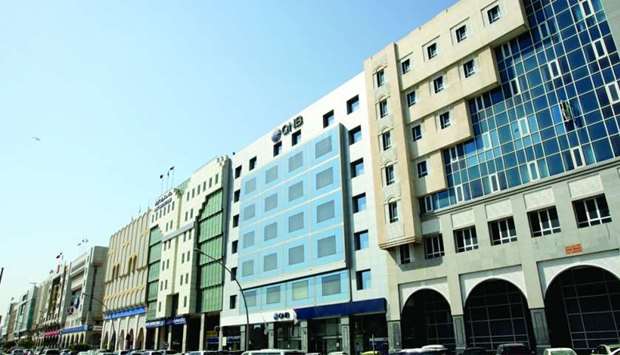Solid profitability, robust capital base, lower bad loans and adequate provisioning help Qatar's banking sector withstand severe macroeconomic shocks, according to the International Monetary Fund (IMF).
"Given the strong starting position of Qatar’s financial system, with low NPLs (non-performing loans) adequate provisioning, and solid profitability, banks can comfortably withstand higher NPLs and lower profits brought about by macroeconomic shocks," the IMF said in its Article IV consultation report.
The combined capital of banks in the sample would remain above the Qatar Central Bank's prescribed regulatory minimum of 10% CAR (capital adequacy ratio) under the shock and severe shock scenarios.
Under the shock scenario, the NPLs would rise to about 9% and CAR would drop to 15% two years after the shock. "Even under the severe stress scenario, with the oil price dropping to $25 per barrel and private sector nonoil activity contracting by 3% a year for three years, the aggregate CAR would stay above the 10% prudential minimum," the IMF said, adding two banks would fall below the regulatory minimum two years after the shock.
These results are broadly in line with the QCB's own stress tests, which indicate that banks can withstand a very sharp deterioration in NPLs before the prudential minima are breached, said the Bretton Wood's institution.
Highlighting that Qatar’s banking sector remains healthy overall, reflecting high asset quality and strong capitalisation, the IMF said at end-September 2017, banks had high capitalisation (CAR of 15.4%), high profitability despite recent moderation (return on assets of 1.6%), low NPLs (1.5%) and reasonable provisioning ratio of NPLs (85%).
Liquidity has been generally comfortable––with a liquid asset to total asset ratio of 27.3% ––though bank reserves have declined since 2015, it said.
Nonetheless, the downward trend in real estate prices has to be monitored as lending to contractors and real estate represents about a quarter of total domestic credit, it cautioned.
The real estate price index fell by 10% year-on-year in 2017, following cumulative increase of 53% during 2014-16, reflecting increased supply of new properties and lower effective demand.
"Though banks have substantial loss absorption capacity in terms of capital and loan loss provisioning, a sharper decline in property prices presents a risk to the banking system given its sizable exposure to the real estate sector," IMF said, suggesting enhanced real estate statistics would facilitate monitoring of developments in the sector.
Increased attention should be paid to banking sector’s asset quality in light of the ongoing softening of real estate prices, it said, adding the QCB should undertake an impact assessment of the introduction of Basel IV to set an appropriate speed of implementation.




